Katia Delavequia
“Tango is a sad thought that you can dance” – Discepolo – Tango composer
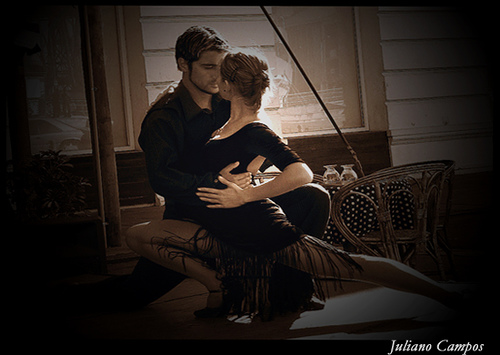
Photo: Juliano Campos
The origins of Argentine Tango are quite similar to Portuguese Fado. Because the music and dance invoke feelings of nostalgia, passion, love suffering and betrayal, its’ representative colors are black and red.
It’s origins date back to the middle of the 19th century and are derived from a mix of musical cultures, including those of Italian and Spanish immigrants, Creoles, and also from a type of African beat called “Candombe”.
One can find elements of Cuban Habanera and Andaluz Tango in it as well. Thus, Argentine Tango was born as a folkloric expression of poor people coming from all those origins, and found its’ expression in the growing suburbs of Buenos Aires.
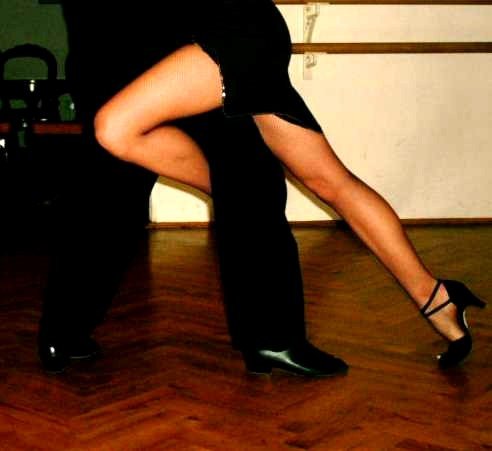
Photo: dark_mephi
Initially, tango was a dance only for men because at the time, dancing between men and women was considered obscene. Tango was limited to brothels, but it still was quite popular since at the time about 75% of population of Buenos Aires was male.
Men created, practiced and refined the now familiar steps of the dance while they were waiting their turn at the brothels. Its’ popularity grew after industrialization saw the development of factories in the suburbs, while poverty and the relocation of brothels moved downtown. As a result, tango was rejected by Argentine high society for quite a long time.
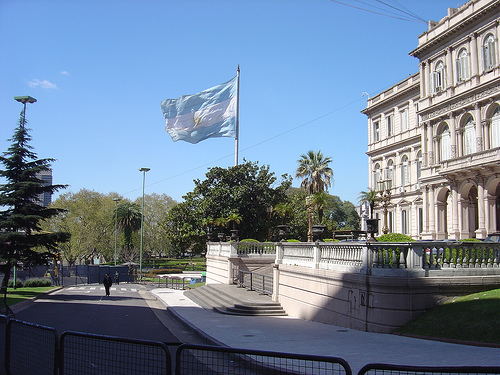
Photo: Francisco Antunes
Around 1910, tango was taken to Paris when the immigrants returned home. At that time, Paris society, influenced by Modernism, wanted new and exotic things. Tango became a fever in Paris, and because Paris was a center for culture, tango quickly spread worldwide.
So-called moralists of the time condemned the dance as immoral, just as they had once condemned the waltz. But ultimately the Argentine high society that initially refused tango later accepted it. The ballroom tango we are now familiar with grew from the less obscene and more refined influences of Parisian culture.
By 1917, tango moved beyond simply a dance form. For the first time it also began to be sung. Lyrics became an essential part of the music and led to the rise of popular tango singers.
The first – or at least the most important of the early tango songs – was Mi Noche Triste (“My Sad Night”) with lyrics composed by Pascoal Contursi in 1917, from an older song called Lita.
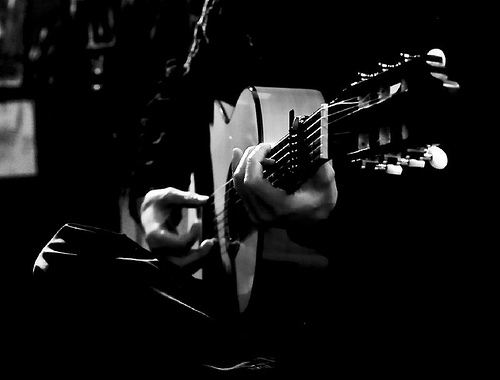
Photo: Arwen Abendstern
At the luxury cabarets of the 1920’s, tango changed yet again. It was no longer played by the small groups originally found in the brothels. Instead, professional musicians developed a more technical and melodic quality to the form. The most common musical instruments used during that period were the bandoneon (a kind of accordion), piano, guitar, violin and double bass.
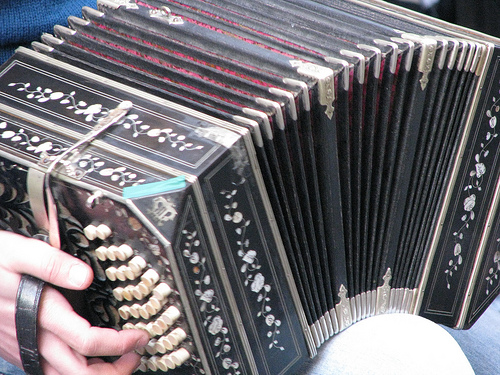
Photo: Van Pelt
Tango singer Carlos Gardel was already a huge success in 1928. His success lasted until 1935, when he died in a plane crash at the peak of his fame. Gardel sang tango in Paris, New York and numerous other world capitals.
He always attracted huge crowds, comparable to those of Elvis Presley and The Beatles, especially in Latin America. He was also responsible for the growing popularity of tango musicals produced in Hollywood.
The Forties are considered one of the most happy and productive decades of tango. At that time, tango lyrics became more sentimental.
The Fifties saw the revolutionary performances of Astor Piazzola, who broke away from the traditional to include both classical and jazz influences in the music. One could hear everything from Bach and Stravinsky on the one hand, to cool jazz on the other. What is today known as the traditional tango was developed at this time.
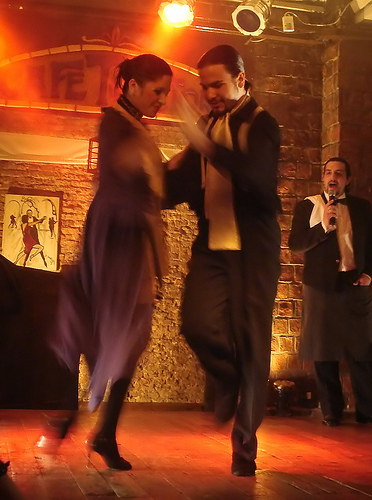
Photo: Denise Mayumi
Nowadays, because of its’ unique beauty, tango classes fill ballrooms and dance academies throughout the world. Being able to bailar el tango (dance tango) is to exude the pervasive and dramatic glamour of this Argentine rhythm.
And yet, tango is still undergoing change. Now the rhythm is being combined with other genres, as young musicians have revitalized tango by including other types of music such as electronic and rock. Some examples of the new styles can be found in the music of artists such as the Gotan Project, Bajo Fondo Tango Club and Tanghetto.
Three events held in Buenos Aires have gained momentum in the international agenda: the Tango Championship, the Tango World Cup and the Tango Festival, which over the last decade have attracted visitors from all over the world. There are also the very popular tango parties known as Milonga.
Bajo Fondo Tango Club
Close your eyes, open your heart, share your passion with your partner… and dance tango!











2 comments so far ↓
Nobody has commented yet. Be the first!
Comment